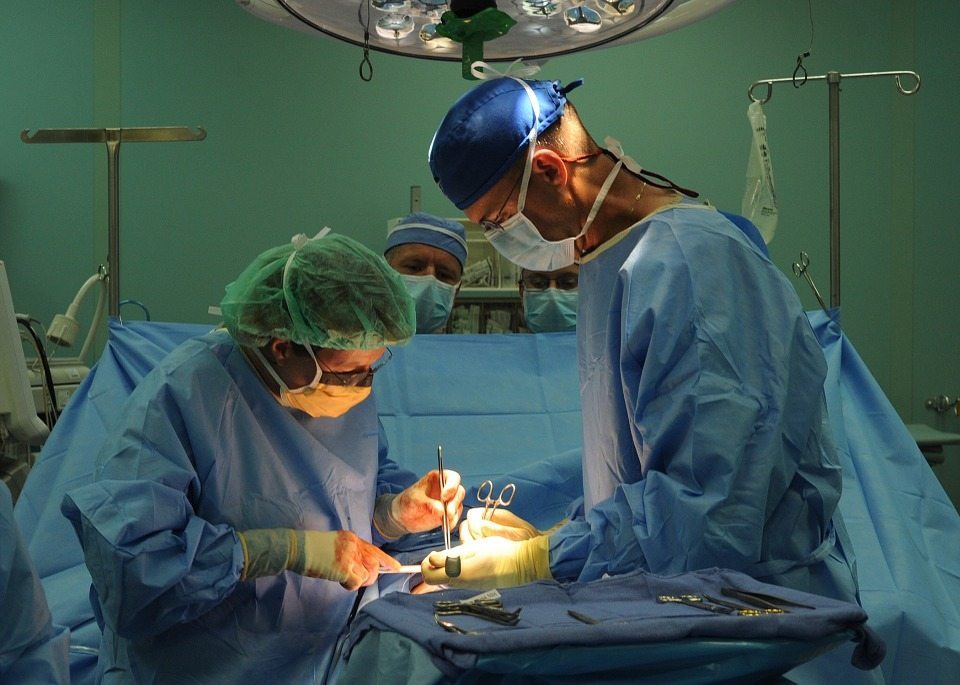3D printed cartilage made from nanocellulose and human cells combined could be about to change facial reconstruction surgery forever.
American Process Inc. and Swansea Medical School have announced a Joint Development Agreement that they hope will make a difference to thousands of patients around the world each and every year.
Facial injuries, disfigurement and cancer can be some of the most difficult for patients to cope with. Not only do they have to deal with the pain, they are left with lifelong reminders that they simply cannot hide and this can have a serious and lasting impact on their self-esteem. So any initiative that can help these patients lead a happier life
Nanocellulose does work, we think…
The ReconRegen group in Swansea had already validated tests that showed nanocellulose can be printed and supports human tissue, so this is a viable proposition as a scaffold. The same team has also produced encouraging results with printed living cells and this research does look good.
Nanocellulose has a lot of properties that could make it ideal as a bioink. It holds a lot of water and forms shear-thinning gels that print easily and swiftly turn into a firm gel-like 3D structure upon deposition. Once it dries, nanocellulose forms a dense, smooth and exceptionally strong structure. It is also non-cytotoxic, which means it can be implanted relatively easily.
Under the agreement, the two outfits will blend various types of nanocellulose scaffold and 3D printed tissue. They will attempt to shape them so that they can be used to surgically reconstruct an individual patient’s face. Tailored implants made from living tissue would be a huge step forward and if the partnership can produce tissue that can survive indefinitely then they will effectively crack the code and create an entirely new treatment.
Titanium implants suddenly look old fashioned
As things stand, implants are generally made from titanium, but this is a new level of treatment that could give patients a new lease of life. It could even heal life changing injuries and illnesses and could be the start of completely personalised reconstructive surgery.
Project leader Professor Iain Whitaker said: “3D printing is increasingly used to manufacture prosthetics and implants from materials like plastic or titanium. But bio-printing, using human cells instead of man-made material, is a promising new science.
“We are printing living tissues, living structures, tailored to the needs of individual patients. We hope that in the future, patients who have lost all or part of their ear or nose through trauma or cancer could have reconstruction using new tissue which is grown from their own cells using nanocellulose.
“Biomaterials are a key component of our tissue printing technology and nanocellulose is our biomaterial of choice because of its biocompatibility, mechanical and structural properties that can support cell attachment and growth in three-dimensions.”
API is a specialist in the field
American Process Inc specialises in nanocellulose, which it expects to become a potent force for good in the coming years.
“Nanocellulose has a variety of advantages that we expect to significantly impact the growing biomedical engineering field,” said API CEO Theodora Retsina. “Tissue engineering alone will have significant impact on the global economy. According to a recent market report, the global market will increase from $23 billion currently to over $94 billion by 2022.
“We are thrilled to collaborate with the innovators at Swansea who are contributing to this global growth. We built our BioPlus nanocellulose demonstration plant to support efforts such as this to develop break-through technologies that will provide solutions for a more healthful, prosperous future for global citizens.”
Time will tell if nanocellulose proves to be the perfect medium for bioprinting. If it is, then this could be the start of a relationship that changes the face of medicine.




